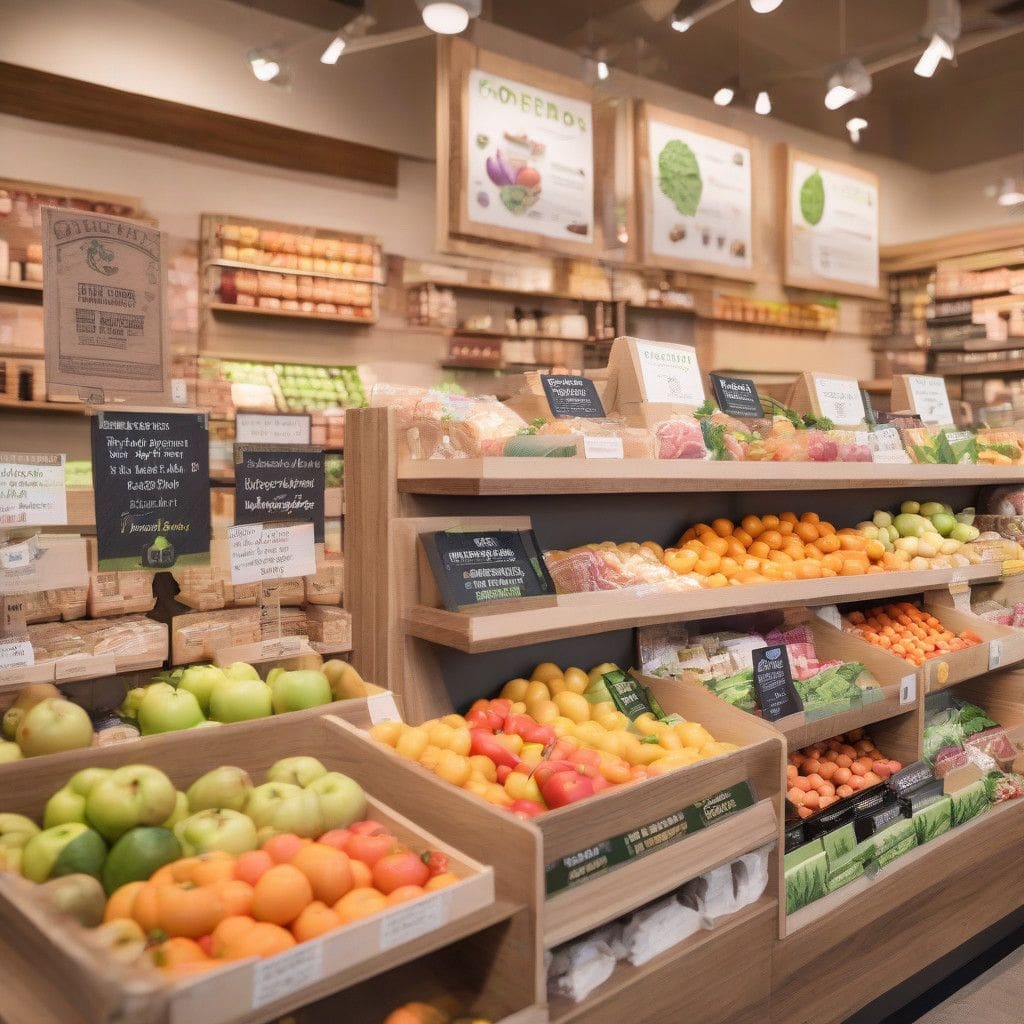In today’s fast-paced retail landscape, understanding consumer behavior is more crucial than ever, particularly for food retailers like Whole Foods Market. As they look to attract younger shoppers, the preferences of Generation Z — individuals born roughly between 1997 and 2012 — have emerged as a key focus area. This demographic is unique not only in their purchasing habits but also in their values, making it essential for brands to adapt their strategies accordingly.
Gen Z is often characterized by their health-conscious choices and digital savvy. They grew up with access to vast amounts of information, including nutrition facts and product ingredients. Thus, they tend to be more informed consumers. According to a study conducted by the International Food Information Council, one in five Gen Z consumers ranked “nutrition” as a top reason for their food choices. This starkly contrasts with older generations, where price and convenience were often prioritized.
One way Whole Foods is addressing these shifts is through a commitment to transparency and quality. They have revamped their marketing strategies to better resonate with Gen Z. For example, the retailer launched a campaign highlighting the origins of its products, showcasing local farms and suppliers. This not only appeals to Gen Z’s desire for sustainable and ethical consumption but also builds a narrative that elevates the shopping experience.
In addition, Whole Foods has augmented its product offerings to include more trendy and health-forward items. The demand for plant-based products has surged among younger cohorts, leading to the introduction of innovative plant-based ready meals, snacks, and beverages. According to a report by the Plant Based Foods Association, sales of plant-based foods grew by 27% in the past year. Whole Foods has responded by increasing the variety of plant-based options available in stores, effectively tapping into this growing market.
Beyond product offerings, digital engagement plays a pivotal role in attracting Gen Z shoppers. This cohort is inherently reliant on digital platforms, particularly social media, for information on food trends and health tips. Whole Foods has taken to platforms like Instagram and TikTok to connect with this audience. By collaborating with food influencers and health advocates, they can effectively reach and engage Gen Z, driving foot traffic to their stores and boosting online sales.
Furthermore, Whole Foods has embraced e-commerce as an essential avenue for growth in the digital age. With an increasing number of young consumers preferring to shop online, the company has enhanced its website and mobile app to improve user experience. Features such as easy navigation, personalized shopping lists based on past purchases, and a seamless check-out process cater perfectly to the fast-paced lifestyle of Gen Z.
Another factor influencing Gen Z’s purchasing decisions is social responsibility. This generation places a high value on brands that engage in ethical practices and give back to the community. Whole Foods has responded by participating in community initiatives and promoting sustainable practices. For example, they have focused on reducing food waste and supporting local food banks. These efforts not only draw in socially conscious consumers but also create a positive brand image that resonates with modern shoppers.
Research shows that nearly 70% of Gen Z is willing to spend more on brands committed to sustainable practices. Additionally, a survey by Deloitte found that 83% of Gen Z would prefer to buy from companies that reflect their values. Whole Foods Market is strategically aligning its brand with the expectations of this demographic, thus ensuring customer loyalty and repeat business.
To sum it up, Whole Foods Market is proactively adjusting its strategies to cater to the preferences of Generation Z. Through a combination of transparency, product innovation, digital engagement, and social responsibility, the company is creating an appealing shopping experience for younger consumers. As this generation continues to influence the food retail space, it will be fascinating to see how brands adapt and evolve to meet their changing desires.
